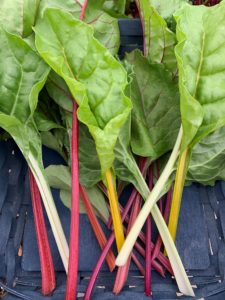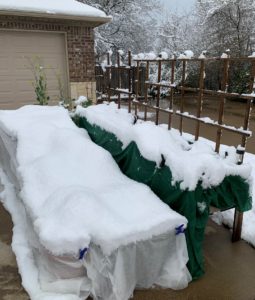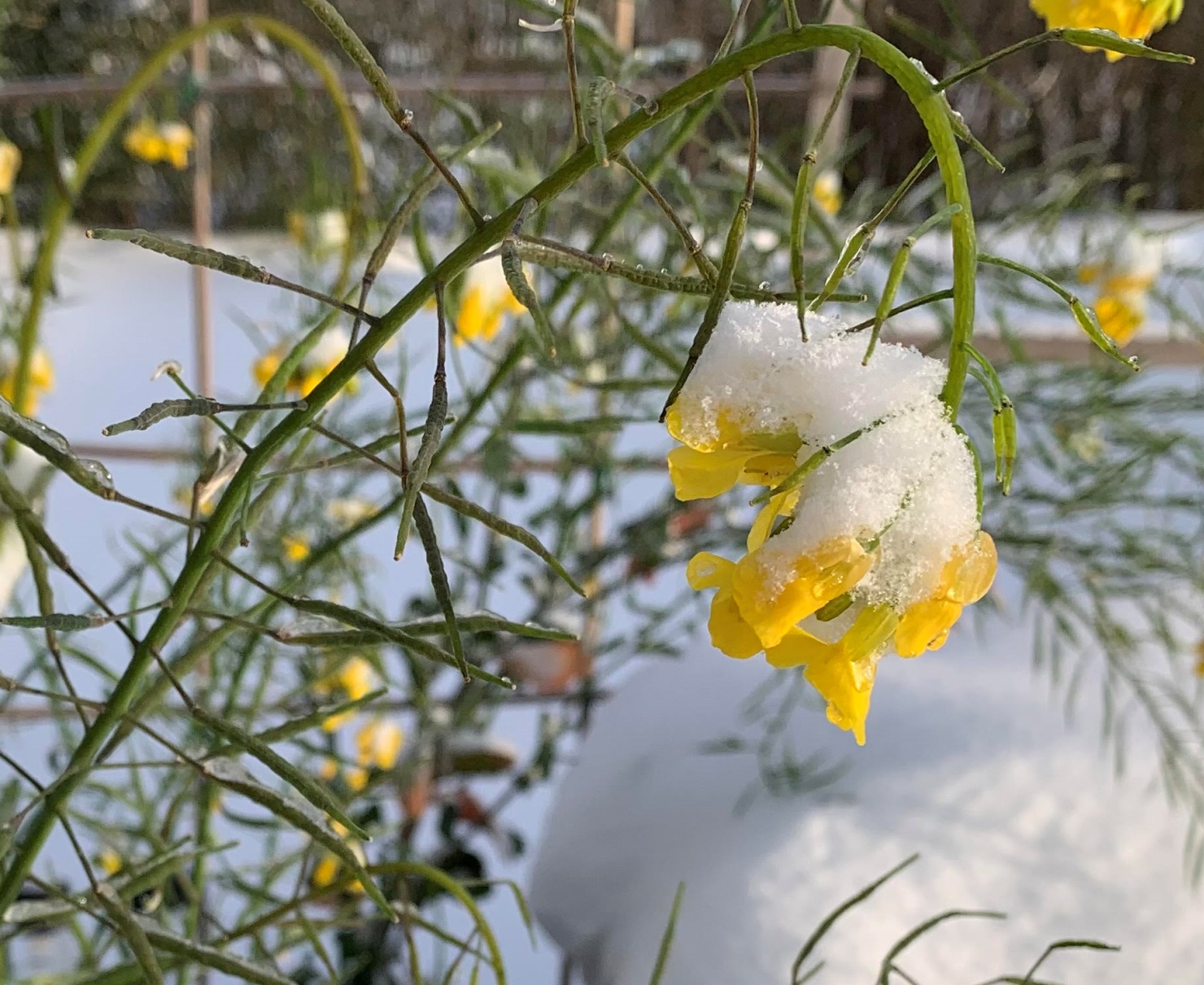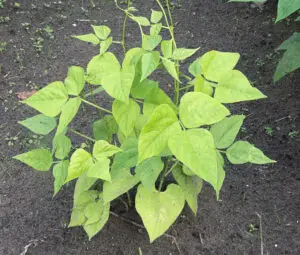For most gardens, the growing season will come to an end in either late fall or early winter, a fact that avid gardeners might not welcome, but one that we are better off accepting and planning for. Fortunately, there are certain things that we can do to protect our plants and garden beds from winter conditions like frosts and freezes.
1. Harvest What You Can
More tender crops will experience tissue burn during a frost and even worse during a freeze. Therefore, it is important to harvest what you can before the cold weather hits. For example, tomatoes and okra, crops that thrive in warm weather, will be damaged, as will many flowers and tender herbs like basil. These crops should be cut and brought inside to enjoy or consume. Otherwise, they will be damaged if left exposed to the elements. Other crops, which are cold hardy like broccoli, Brussels sprouts, turnips, spinach, kale, and carrots, can survive a frost and possibly a light freeze, especially if it lasts only a short period. Cold-weather crops with more tender foliage like lettuces, Swiss chard, and beets may need to have a row cover installed during a frost and certainly during a freeze to be protected.
This article contains affiliate links. If you make a purchase using one of these links, I will receive a very small commission at no additional cost to you, and it will help me maintain this website. Rest assured, I only recommend products I actually like!

2. Move Plants to Shelter
Another option for preserving a part of your garden is to move plants to a cold frame, greenhouse, or indoors. This works well with container gardens, but some plants, like peppers, can be dug up and potted for relocation. Of course, all plants will need adequate light and appropriate watering regardless of where you shelter them, but even then, they may experience a period of dormancy. When spring rolls around, they need to be reacclimated to living outdoors.

3. Cover Garden Beds
There is an adage which says nature does not like to be left naked. In other words, the ground in our gardens should not be left uncovered in the winter. To that end, gardens, including raised beds and large containers, should be covered whether they are empty or still contain plants. Cover can consist of a cover crop like clover, peas, or vetch. You can sow these crops in the late summer or early fall so they will be well-established before the first frost of the season.
Cover can also include traditional bark mulch or leaves, straw, pine needles, and even cardboard. A thick layer of materials after the season’s first hard freeze will keep the ground cold so that it does not thaw on warmer days and then refreeze on colder days, a process that can harm plant roots. When spring arrives, you can safely remove the mulch layers as needed.

4. Cover Plants
Another option for protecting your plants during cold weather is to cover them. Use a row cover for those plants that are more cold-hardy and a plant blanket, which is a bit thicker, for plants that are less stout and need more protection. You will need to remove the plant blanket to let light in and perhaps even the row cover when the weather warms up a bit and then recover as necessary. Remember, plants will continue to need sunlight. They will also require water, as needed, until the ground freezes and the roots become dormant.
With a little bit of planning and effort, you can protect your garden during the winter months. These easy steps will help give it a head start when spring arrives.
Thank you for reading this article! If you found it helpful, please consider sharing it with others via email and social media!



